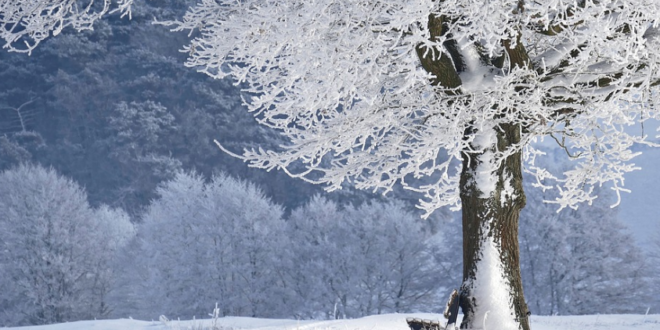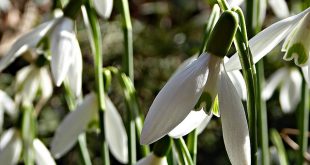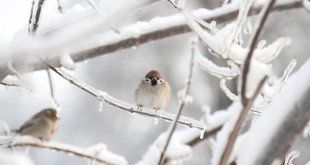As autumn transitions into winter, the focus in the garden shifts from growth to preparation. Winterizing your garden is not only important for keeping plants safe during the cold months but also for ensuring a flourishing start when spring arrives. A few key tasks can make all the difference in maintaining the health of your plants and soil. Here’s a guide to help you get started.
1. Clean Up the Garden Bed
Begin by clearing away dead or dying plants, spent annuals, and any debris like fallen leaves or broken branches. This reduces the risk of diseases or pests overwintering in your garden. Be careful not to disturb any beneficial insects like ladybugs, which may be hibernating in leaf piles. Consider composting the healthy plant material to enrich your soil.
2. Protect Perennials
For perennial plants that will return next year, a little extra care will help them survive winter’s chill. After the first frost, cut back perennials to about 3-6 inches above the ground. Then, apply a layer of mulch around their base to insulate roots from extreme cold. Straw, shredded leaves, or wood chips work well as mulch and help prevent soil erosion.
3. Mulch and Cover Crops for Soil Health
Cover your garden beds with a thick layer of mulch (about 2-3 inches) to retain moisture, suppress weeds, and protect soil from freezing and thawing cycles. Organic mulches break down over time, improving soil structure. Alternatively, plant cover crops such as clover, winter rye, or vetch. These plants protect the soil from erosion, add organic matter, and replenish nitrogen levels, setting the stage for a productive growing season.
4. Care for Trees and Shrubs
Winter can be tough on trees and shrubs, especially newly planted ones. Water them deeply before the ground freezes to help roots stay hydrated through the winter. For young or vulnerable plants, consider wrapping them with burlap to protect against frost, wind, and sunscald. This is especially important for evergreens, which continue to lose moisture throughout the winter.
5. Prepare Your Lawn
A well-prepared lawn can thrive even after the harshest winter. Start by raking up fallen leaves to prevent them from smothering the grass. Once the leaves are removed, give your lawn a final mow, leaving the grass at about 2-3 inches tall. Applying a slow-release fertilizer in late fall can also help strengthen your lawn for the spring.
6. Winterize Your Tools and Equipment
Garden tools and equipment often get neglected during the off-season, but proper maintenance can extend their lifespan. Clean and sharpen tools like pruners, shovels, and hoes to prevent rust. Drain and store garden hoses to avoid freezing damage, and service gas-powered tools like lawn mowers or trimmers so they’re ready to go when the weather warms up.
7. Take Care of Your Containers
If you’ve been growing plants in containers, bring them indoors or store them in a garage or shed. Frost can crack ceramic and clay pots, so it’s essential to either protect them or replace them with frost-proof alternatives. If any containers are too large to move, consider wrapping them in bubble wrap or burlap to insulate against the cold.
8. Prune Dormant Trees and Shrubs
Once trees and shrubs have entered dormancy, late fall or early winter is an ideal time to prune. Removing dead, damaged, or diseased branches not only improves the plant’s health but also prevents broken branches from causing damage in winter storms. Be mindful not to prune spring-blooming plants, as this can reduce their bloom potential.
9. Tend to Your Compost
Your compost pile can still be active in winter with proper care. Turn the compost one last time before winter sets in, and cover it with a tarp to maintain heat. You can continue adding to your compost during the winter, but expect the breakdown process to slow down in colder temperatures.
10. Plant Spring Bulbs
While winterizing, don’t forget to plant spring bulbs like tulips, daffodils, and crocuses. Plant bulbs before the ground freezes, and you’ll be rewarded with a beautiful burst of color as soon as the weather warms up. Add a layer of mulch over the bulbs to protect them from harsh winter conditions.
By taking these simple steps, you can protect your garden from winter damage and set the stage for a successful growing season in the spring. A well-prepared garden will not only weather the cold months better but also be primed to burst into life when the temperatures rise. So grab your gloves, get outside, and start winterizing!
 Gardeners Club The Gardeners Club is a free to join online club for everyone with an interest in gardening and gardens.
Gardeners Club The Gardeners Club is a free to join online club for everyone with an interest in gardening and gardens.






